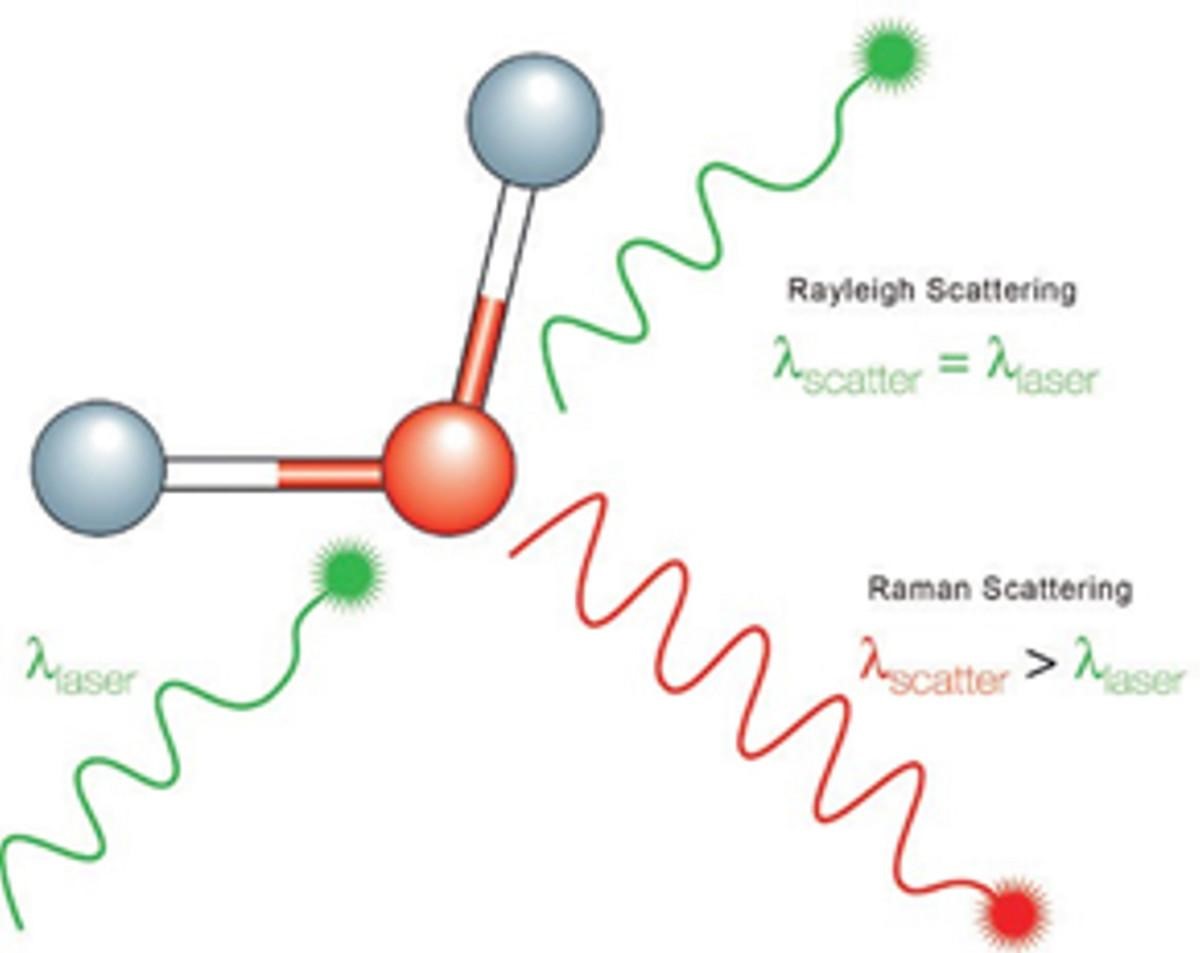Description

Source: HORIBA
Disclaimer: Copyright infringement not intended.
Context
- The global trade in elephant ivory has long been a concern due to its detrimental impact on elephant populations.
- Despite restrictions on elephant ivory trade, distinguishing between elephant and mammoth ivory remains challenging for law enforcement agencies.
- However, recent advancements in laser spectroscopy present a promising solution to this problem, potentially disrupting the ivory trade and aiding conservation efforts.
Details
Background
- While trade in elephant ivory is heavily regulated, mammoth ivory remains largely unregulated, creating loopholes for illegal trade and exploitation.
- Differentiating between elephant and mammoth ivory is difficult and often requires destructive testing methods, posing ethical and practical challenges.
- The decline in African elephant populations due to poaching highlights the urgent need for conservation efforts to protect these iconic species.
- The rise in demand for mammoth ivory has led to the emergence of modern-day "mammoth hunters," posing additional threats to environmental and paleontological conservation.
Breakthrough in Laser Spectroscopy
- A non-invasive laser technique known as Raman spectroscopy offers a breakthrough in identifying the origin of ivory samples.
- Raman spectroscopy analyzes the biochemical makeup of ivory, distinguishing between collagen and hydroxyapatite present in elephant and mammoth ivory.
- Raman spectroscopy is non-destructive, quick, and offers high accuracy in species identification, making it an ideal tool for customs officials and law enforcement agencies.

About Raman Spectroscopy
- Raman spectroscopy is a powerful analytical technique used to study molecular vibrations and identify chemical compounds based on their unique fingerprint-like spectra.
- Named after the Indian physicist Sir C.V. Raman, who discovered the Raman effect in 1928, this spectroscopic method provides valuable insights into the structure, composition, and properties of materials across various scientific disciplines, including chemistry, physics, biology, and materials science.
Principle of Raman Spectroscopy:
- Raman Scattering:
- Raman spectroscopy is based on the phenomenon of Raman scattering, where incident light interacts with a sample and undergoes inelastic scattering.
- When photons interact with molecules, they can gain or lose energy through vibrational transitions, resulting in a shift in the wavelength of scattered light.
- Stokes and Anti-Stokes Lines:
- In Raman scattering, two types of spectral lines are observed: Stokes lines, which correspond to photons losing energy and having longer wavelengths than the incident light, and anti-Stokes lines, which correspond to photons gaining energy and having shorter wavelengths.
- Raman Spectrum:
- The Raman spectrum is a plot of intensity versus Raman shift (the difference in wavelength between incident and scattered light), which reflects the vibrational modes present in the sample.
- Each peak in the spectrum corresponds to a specific vibrational frequency of molecular bonds, allowing for qualitative and quantitative analysis of the sample.
Applications:
- Raman spectroscopy is widely used for the structural analysis and identification of organic and inorganic materials, including polymers, minerals, pharmaceuticals, and biomolecules.
- Raman spectroscopy enables qualitative and quantitative analysis of chemical compounds, including identification of functional groups, detection of impurities, and monitoring of chemical reactions.
- In biomedical applications, Raman spectroscopy can provide label-free imaging of biological samples, allowing for the visualization and identification of cells, tissues, and biomolecules with high spatial resolution.
- Raman spectroscopy is employed in forensic science for the analysis of trace evidence, such as fibers, drugs, explosives, and counterfeit materials, aiding in criminal investigations and evidence analysis.
- Raman spectroscopy can be used for environmental monitoring and analysis of pollutants, contaminants, and geological samples, providing valuable insights into environmental processes and remediation efforts.
Advantages and Limitations:
- Raman spectroscopy offers several advantages, including non-destructive analysis, minimal sample preparation, high specificity, and the ability to analyze samples in various states (e.g., solid, liquid, gas).
- Despite its versatility, Raman spectroscopy has limitations, such as fluorescence interference, limited sensitivity for trace analysis, and potential sample damage at high laser power
- Additionally, Raman spectra can be complex and require expertise for interpretation.
Sources:
DowntoEarth
|
PRACTICE QUESTION
Q. Discuss the principles and applications of Raman spectroscopy in the field of analytical chemistry and materials science. How has Raman spectroscopy contributed to advancements in scientific research and technological innovation? (250 Words)
|








